Today we are taking a look at the Gigabyte AORUS 7000s 1TB SSD. This is the first SSD from Gigabyte that I have ever personally used, and I expect very good things based on the components in use. The AORUS 7000s is based on a nearly identical hardware platform as the Sabrent Rocket 4 Plus; top-end Phison controller and 96L TLC NAND. The Rocket gave us extremely impressive performance, and so I will expect the same from the 7000s.
Gigabyte AORUS 7000s 1TB NVMe SSD
The Gigabyte AORUS 7000s 1TB comes preinstalled with a grey and black heatsink in a M.2 2280 (80mm) form factor.
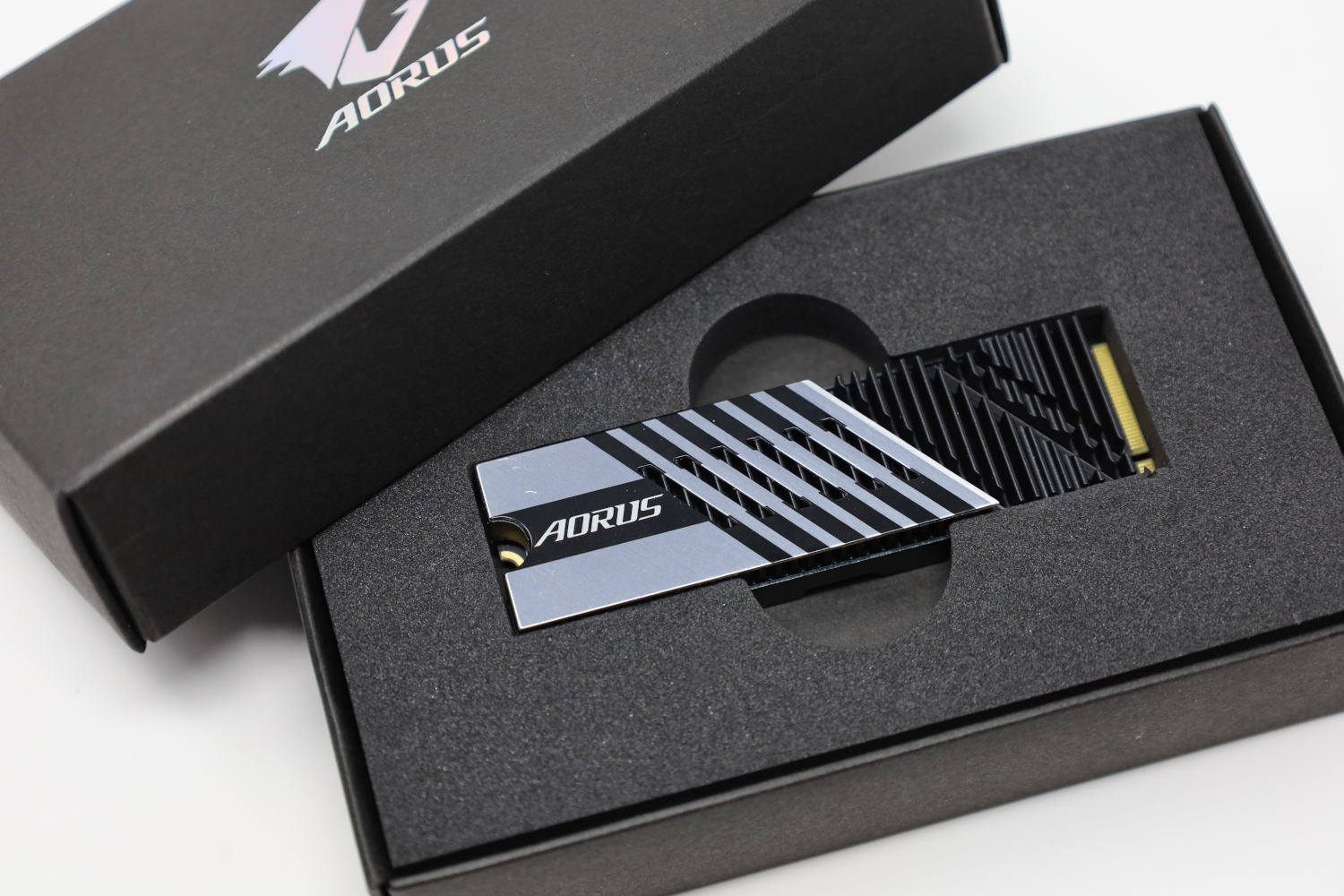
Recently I have taken to harping on manufacturers for including difficult or nonremovable heatsinks, and the Gigabyte AORUS 7000s is similar to the ADATA XPG S70 in that regard. The heatsink on the 7000s is difficult but not impossible to remove. The screws are easily removed but there is thermal adhesive essentially bonding it to the drive. This is still better than the WD Black SN850, where the heatsink is held on by metal clasps that once bent back will no longer clip together, but removing the 7000s from its heatsink would still be difficult.
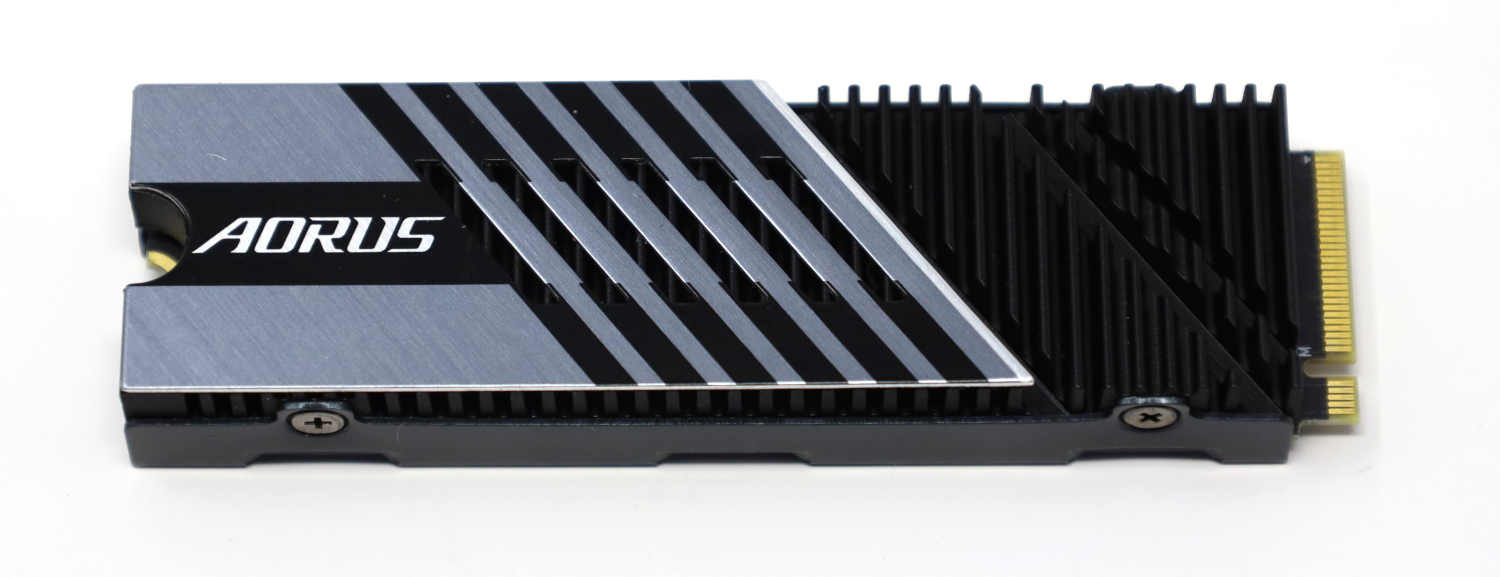
The heatsink itself is aluminum and matches Gigabyte’s current AORUS design language. More importantly, is that it does an effective job of cooling this drive. On a side note, the AORUS 7000s with the heatsink fits perfectly inside a PS5, though users that want to put this drive in a laptop or utilize the heatsink built onto a desktop motherboard will still want to buy a different heatsink-less model drive.
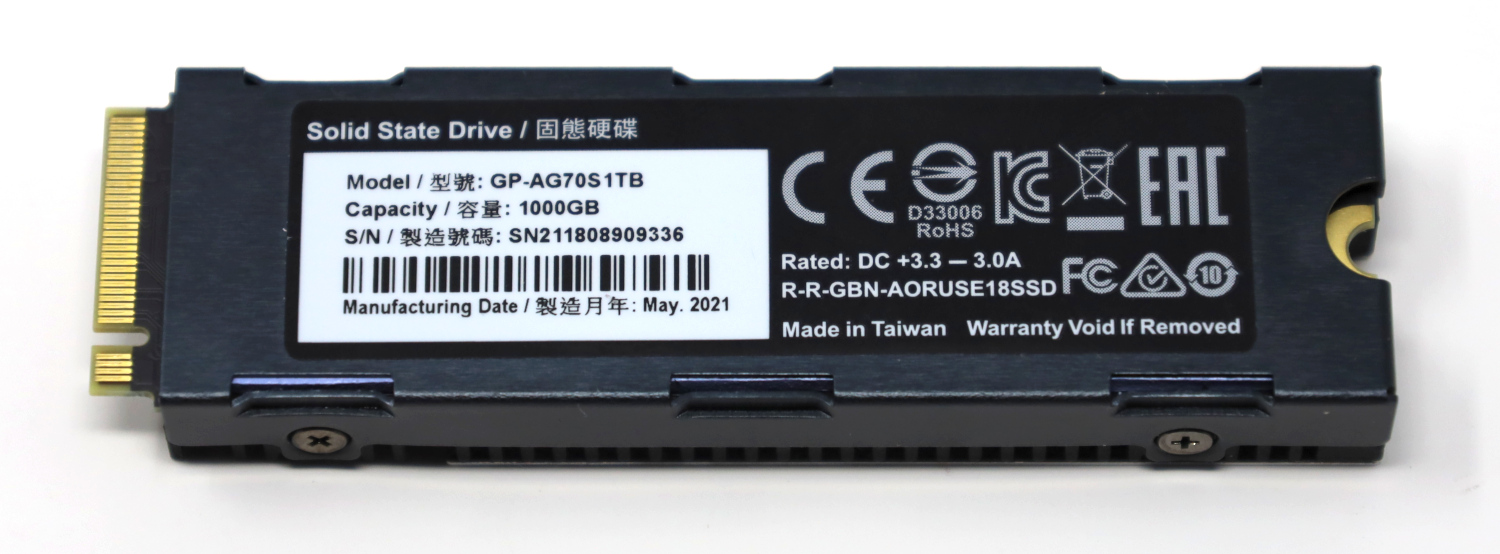
Beneath the heatsink lies a single-sided PCB. The AORUS 7000s is utilizing the Phison PS5018-E18 controller, Micron 96-layer TLC NAND, and a DDR4 DRAM cache. There is no power loss protection, as you would expect with a consumer/gaming-focused drive like this one.
Gigabyte AORUS 7000s SSD Specs
The Gigabyte AORUS 7000s SSDs are available in 1TB and 2TB capacities. Here are the specs for the drive we tested:
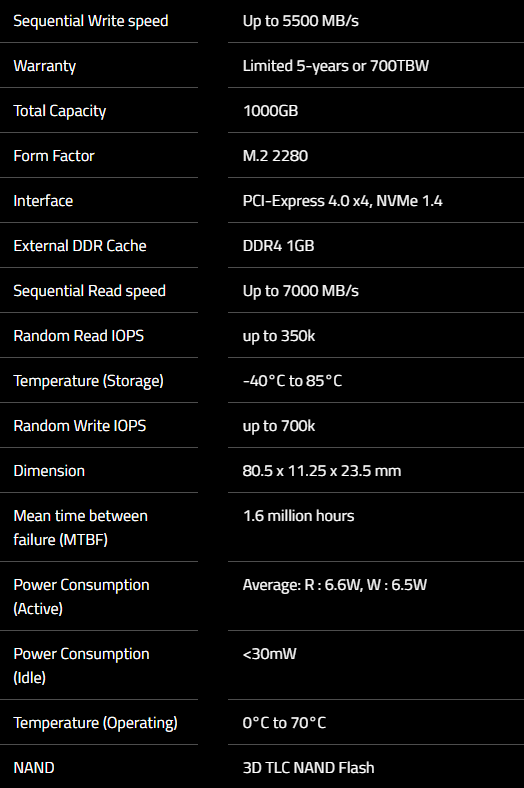
Our specs come from the 1TB drive and are mostly similar to the 2TB drive except for the write speed. The 2TB gets a 6850 MB/s write speed while our 1TB model has to make do with 5500 MB/s, and both drives share a 7000 MB/s read speed. Endurance is rated at 700 TBW, which is right in the now-normal territory for 1TB drives. Lastly, this drive is backed by a 5-year warranty, which is par for the course for premium class drives. Taken all together, these specs paint the picture of a fast drive with industry standards for warranty and endurance.
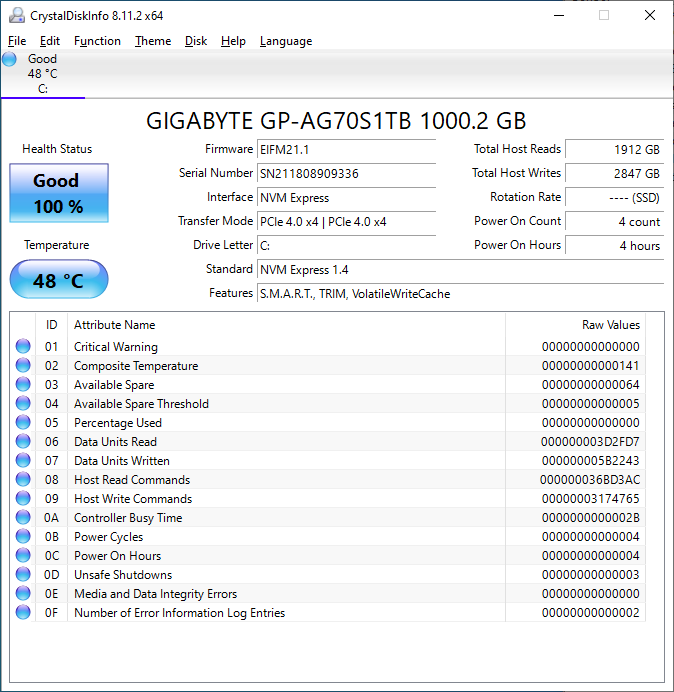
CrystalDiskInfo can give us some basic information about the SSD, and confirms we are operating at PCIe 4.0 x4 speeds using NVMe 1.4.
Test System Configuration
We are using the following configuration for this test:
- Motherboard: ASUS PRIME X570-P
- CPU: AMD Ryzen 9 5900X (12C/24T)
- RAM: 2x 16GB DDR4-3200 UDIMMs
Our testing uses the Gigabyte AORUS 7000s 1TB as the boot drive for the system, installed in the M.2_1 slot on the motherboard. The drive is filled to 85% capacity with data and then some is deleted, leaving around 60% used space on the volume.
Next, we are going to get into our performance testing.

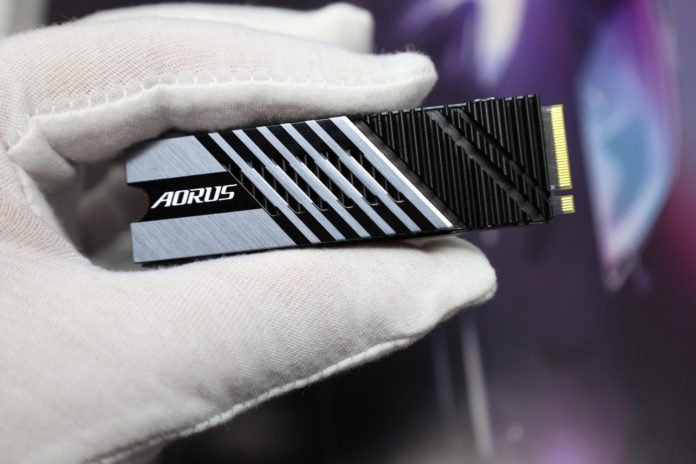
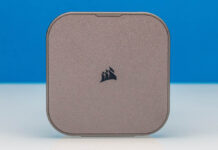
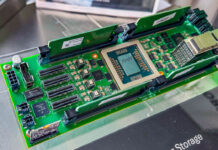
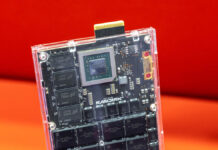
I wish you would note plp support in your drive reviews. Since you mostly review consumer drives I just assume there is none, but an explicit statement would be nice.
North Hinkle – I remember reading it when I was editing. “There is no power loss protection, as you would expect with a consumer/gaming-focused drive like this one.” The “power loss protection” is PLP written out.